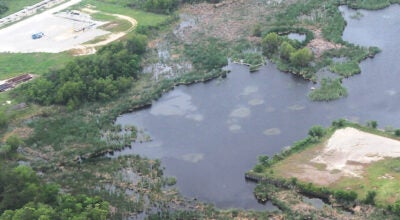Gulf dead zone could be shrunk, but at high cost
Published 11:37 am Saturday, December 27, 2014
BATON ROUGE — At an eye-popping price tag of $2.7 billion every year, a new report says the country could meet the national goal of reducing the dead zone in the Gulf of Mexico.
The dead zone — an area of low oxygen that can’t support marine life — forms every summer after nutrients from upriver activities like farming or urban runoff stimulate the growth of algae. The algae then use up oxygen as they fall to the water bottom and decompose.
The National Academy of Sciences says it used the results of a computer model that looked at the effect on water quality of various farming methods and then identified areas where the most benefit could be achieved through targeted investment in agriculture conservation practices.
“We’re trying to decide where, in the entire Mississippi River and Atchafalaya River watershed, to put these agricultural practices,” said Sergey Rabotyagov, lead author of the report and associate professor of natural resource economics in the University of Washington School of Environmental and Forest Sciences.
“The Gulf of Mexico hypoxia (dead zone) has garnered significant public and scientific attention, so we thought we should focus on this,” he said.
The Advocate reports the study found conservation practices include methods like planting vegetation around agricultural fields to help absorb fertilizer runoff or building terraces to slow down water flow from fields, as well as to capture nutrients and sediment before they get into streams.
There also are ideas such as changing the time of year when fertilizer is applied to agricultural fields.
The computer modeling used by the team of 12 researchers found that focusing conservation funding on 68,726 square miles of agricultural land primarily in the Midwest would bring the size of the dead zone down to the national goal.
But that work would take an estimated $2.7 billion annual investment, a figure that is exceedingly ambitious.
—
Information from: The Advocate, http://theadvocate.com





